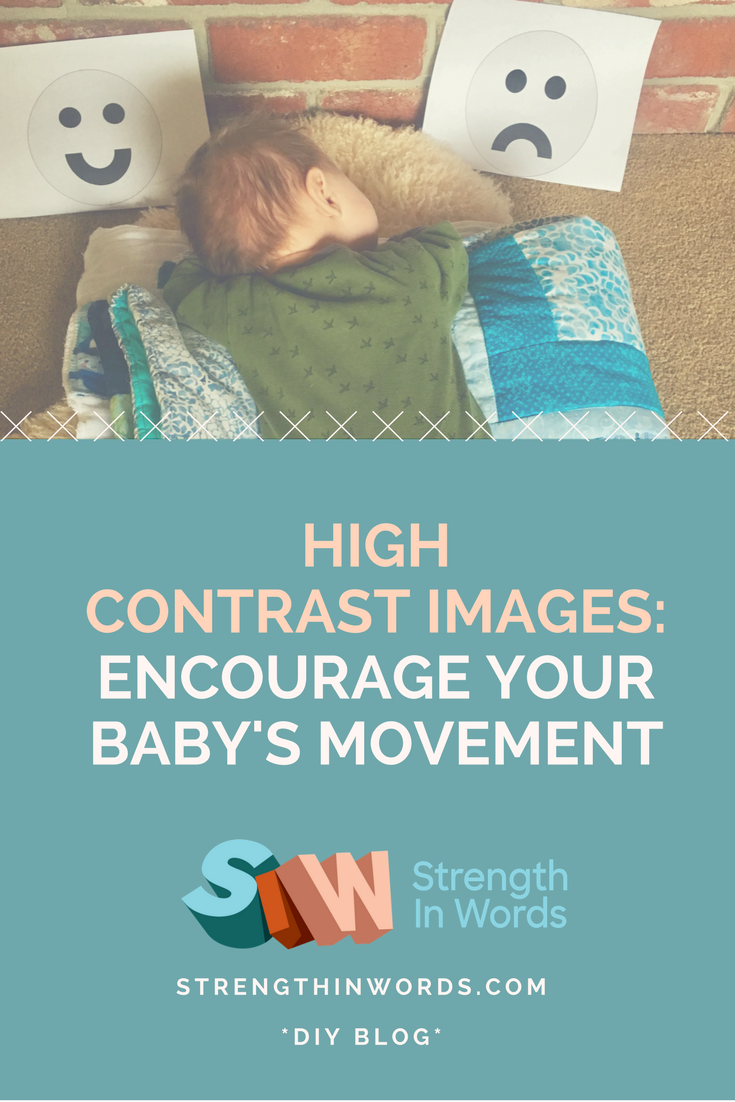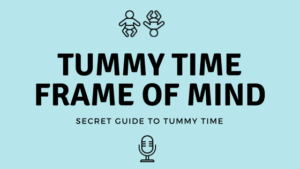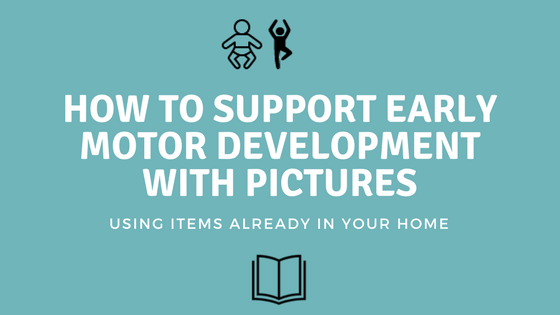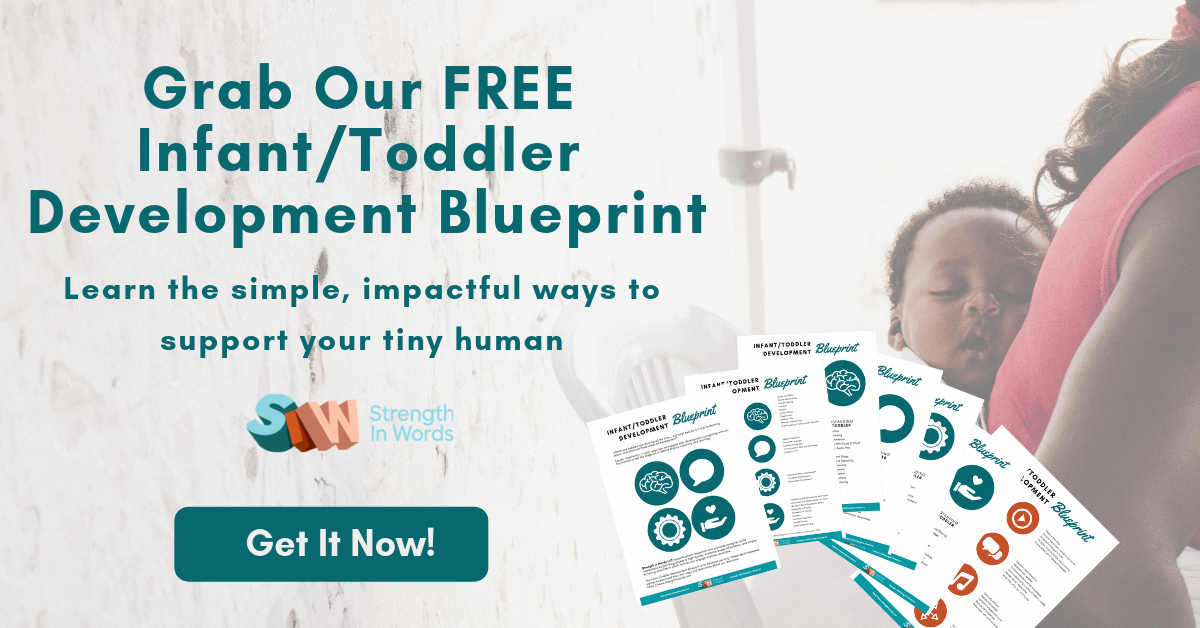Instead of thinking of tummy time as this really discrete assignment or task that you have to do, if you just incorporate it in short intervals into your daily activities, and think of ways to use more of baby’s senses, like looking at you or at a picture while singing – it becomes a little less scary, and a little more doable.
– Rachel Coley, CanDo Kiddo
When my firstborn was an infant, I knew about tummy time.
I knew it was good for him, knew it was something I was supposed to be “giving” him every day… but he hated it – and so I had a hard time with it, too!
Tummy time is important for newborns to help build their core muscles, and to balance out the amount of time they spend either on their backs or in “baby gear,” according to pediatric occupational therapist Rachel Coley of CanDo Kiddo, who I interviewed on the corresponding podcast episode, “Tummy Time Frame Of Mind.”
Although I knew it was recommended to do a bit of tummy time each day (and that it can be easier if you introduce it early on!), I had a lot of misconceptions the first time around!

Don't Miss our Corresponding Podcast Episode!

Rachel put me straight:
First, tummy time doesn’t mean your baby needs to be placed on a floor for a given amount of consecutive time each day – in fact, Rachel recommends “a minute here, a minute there, lots and lots of times throughout the day!”
Second, providing your baby with little bits of tummy time all over the house (and in the community) by:
- Holding him in different positions (tummy down on your reclined chest, on your lap, or in your arms)
- Placing him on safe surfaces (a pak-n-play*, a blanket, a rolled up towel) throughout the day is a wonderful way to build baby’s tolerance and increase the likelihood that you’ll actually providing the opportunity, say, while you’re brushing your teeth or playing with an older child.
Third, tummy time can look like your baby lounging comfortably with his head to the side, while on his belly – it doesn’t always have to be hard “heavy work“ for baby!
Finally, using ALL of baby’s senses while doing tummy time is a great way to help engage him, provide a holistic learning experience while working on motor development, and spend quality time together!
Here’s one idea to utilize all of Rachel’s great ideas and recommendations: create (or simply print out!) high contrast black & white images to be used as a visual focal point for your baby while in tummy time or other supervised positions, and as a “prop” or visual reminder for you to use while singing!
One song that might work well is “If You’re Happy And You Know It,” which can be represented with different simple images of faces!
* For a refresher on the song & lyrics, watch our YouTube video *
Musical experiences are a wonderful way to connect with infants and toddlers, and music can be used as a framework from which to build attention skills, communication skills, and social/emotional bonding between you and your baby.
In this case, music can be used to encourage tummy time, side-lying, head turning, or neck strength, thereby encouraging motor development!
Materials to create your DIY High Contrast Movement & Music Images
- Paper
- A black marker or a printer (for your download!)
- Optional: a piece of cardboard or a laminator
Instructions to create your DIY High Contrast Movement & Music Images
- Print out or draw each black & white image for the song “Happy & You Know It” or other song that inspires visuals in your mind
- Laminate your images, or attach them to a piece of cardboard, to make them longer-lasting – or attach to the wall or other surface (such as an activity gym) with a piece of tape
- Sing the appropriate “Happy & You Know It” verse that corresponds to each image (a happy face, sad face, excited face, sleepy face, etc).
- Place around your baby
- In front or beside him (for tummy time)
- Beside on either or each side (for head-turning or for side-lying)
- above or on the same level on the wall when baby is upright (for neck strength)
Ages
- Infants, especially newborns in the first 4-5 months of life, benefit greatly from exploration of movement and development of various muscle groups. They do this by laying in different positions on a flat surface, or by being held in different positions by you!
- New babies also enjoy high contrast images, and prefer to look at images that resemble faces. If we give them our faces (or pictures) to look at, as well as our voices, we provide a multi-sensory experience for them to enjoy while trying different positions
Want more freebies?
For an additional ways to use black & white images, you can visit CanDo Kiddo’s site here and download Rachel’s Black & White baby play cards!
This post contains affiliate links. All activities described by Learn With Less assume close supervision of the child by an adult.

